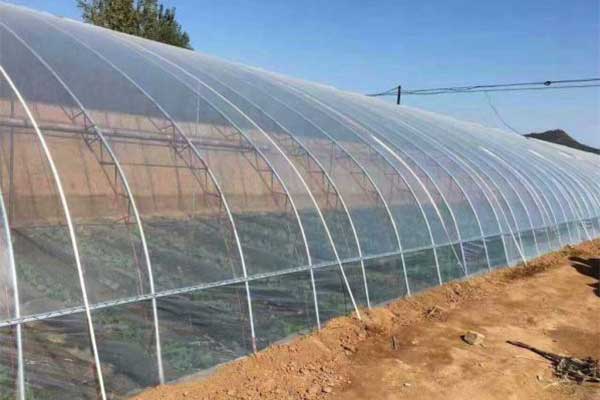- December 1, 2022
- Posted by: wellcoindustries
- Category: Agricultural Mulch Film
No Comments

The price of greenhouse film is very low if compared with the cost of the whole greenhouse. But film mulching has a very important influence on the greenhouse climate and plants. Choosing the right greenhouse film can make the climate in the greenhouse more suitable for the growth of crops and increase the harvest; poor film covering will bring many negative effects: such as low light transmittance leading to reduced production, film damage leading to wind and rain leakage, anti-coagulation Decreased dew performance leads to crop diseases, etc.
Important parameters of greenhouse film materials:
- Light transmittance: High light transmittance film can effectively increase crop yield and help growers obtain higher profits.
- Service life: The greenhouse film uses appropriate anti-aging additives, and the service life can reach 10 or even 15 years.
- Film strength: The film covers the surface of the greenhouse and can withstand strong winds and other forces. Good quality films can resist bad weather and protect plants well.
- Heat insulation performance: A good film not only conducts heat slowly but also blocks the transmission of far infrared rays.
- Anti-condensation droplets: This technology allows condensation to flow down from the surface of the film, preventing droplets from reaching crops and causing disease.
- Diffuse rate: Some crops don’t like direct light and need a diffuser film to change direct light into diffuse light.
